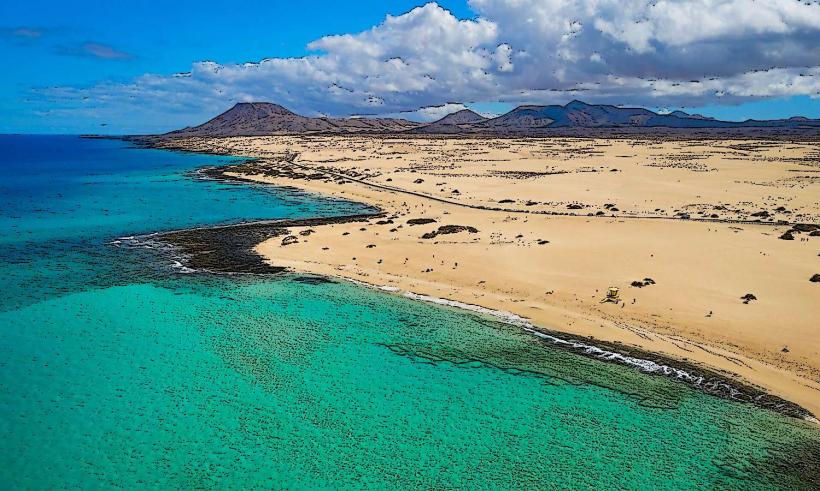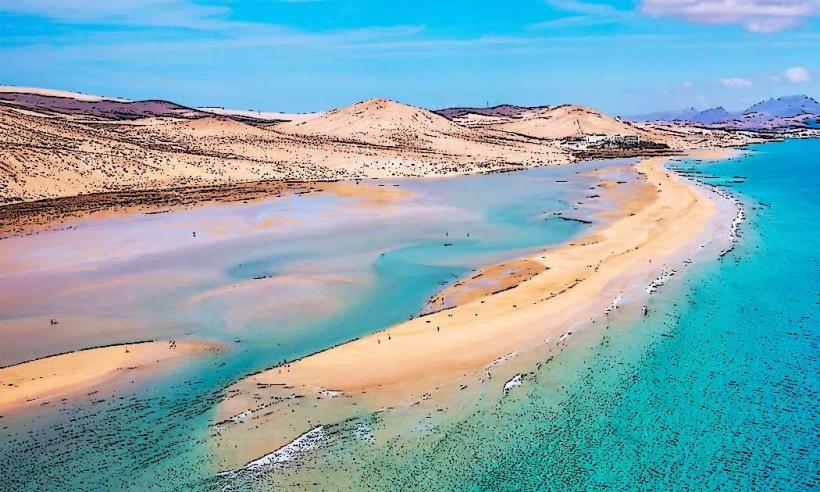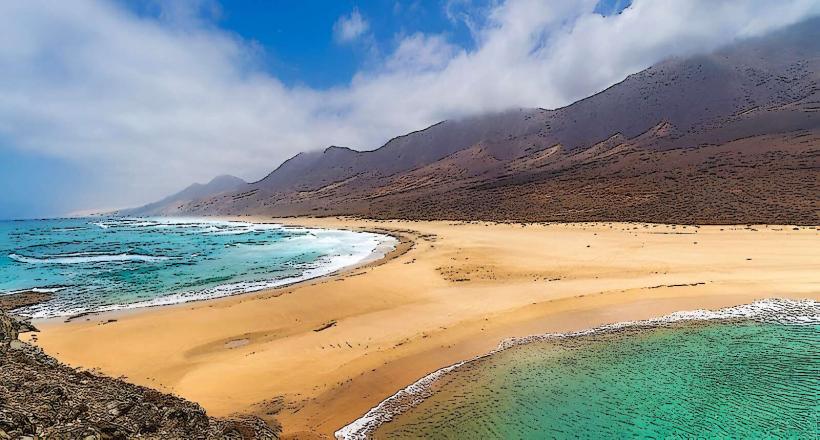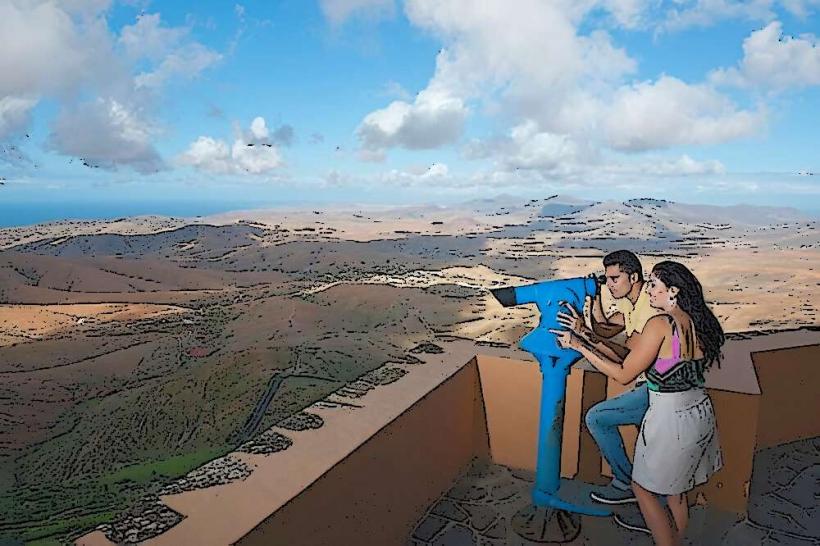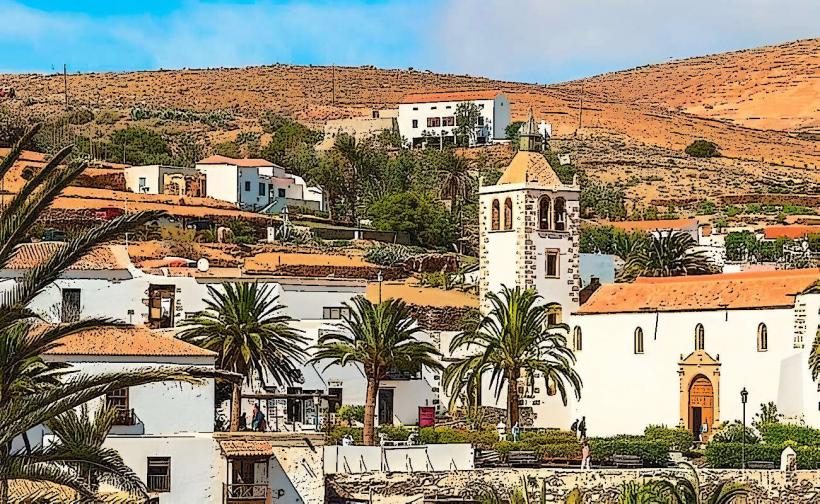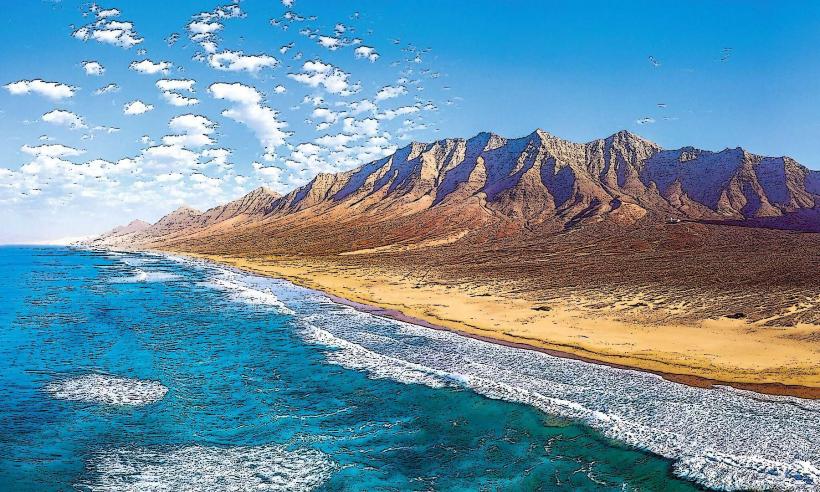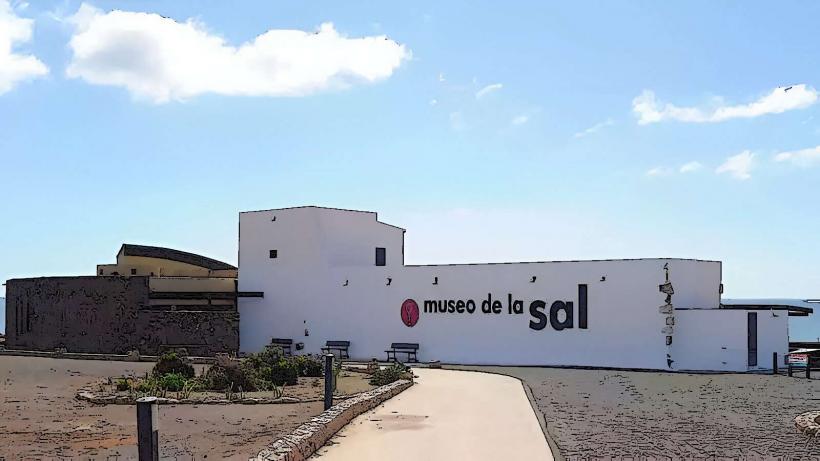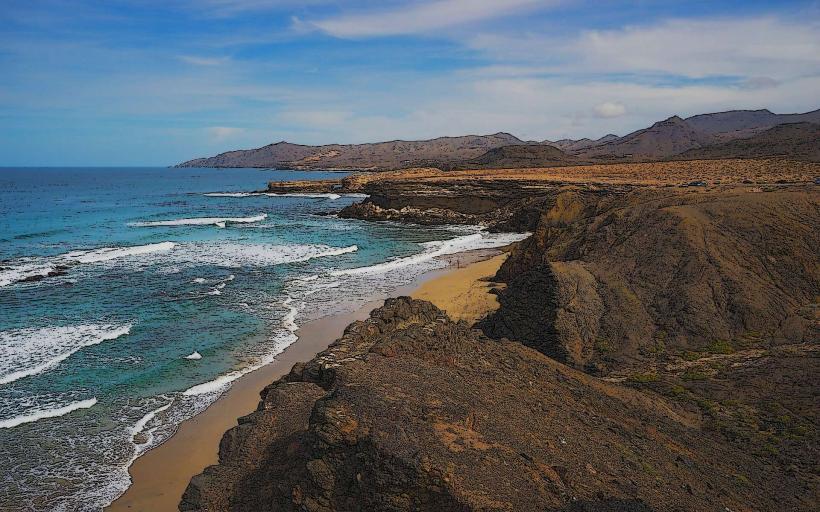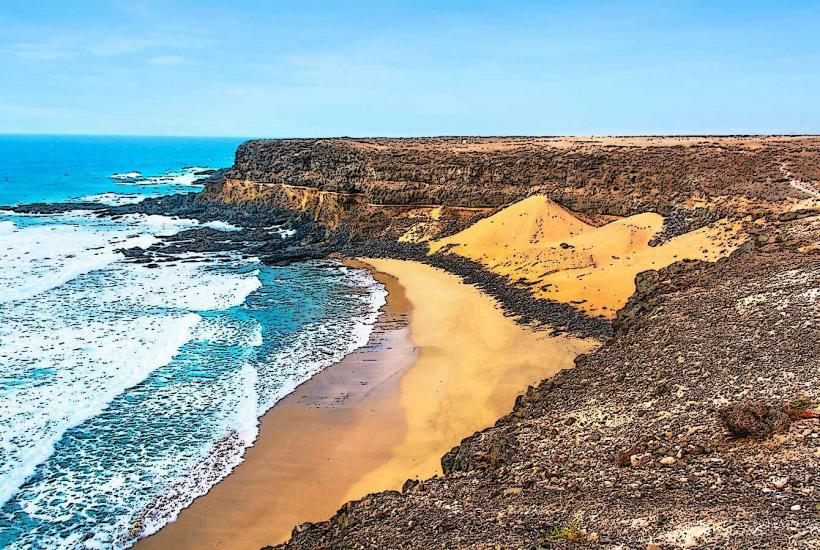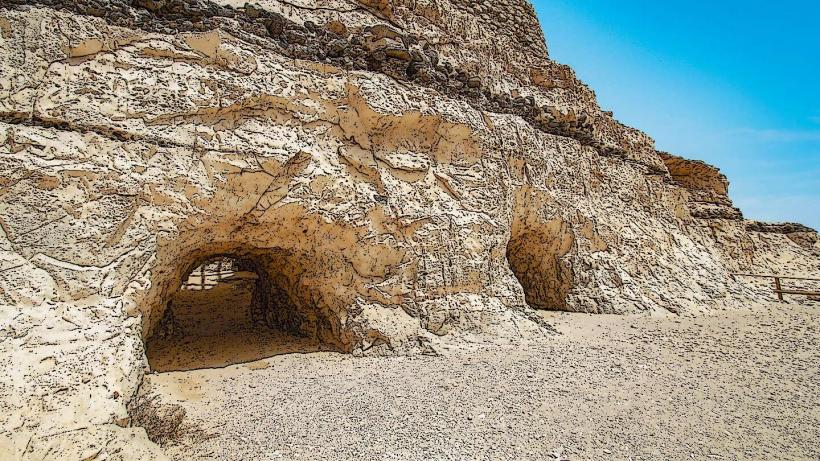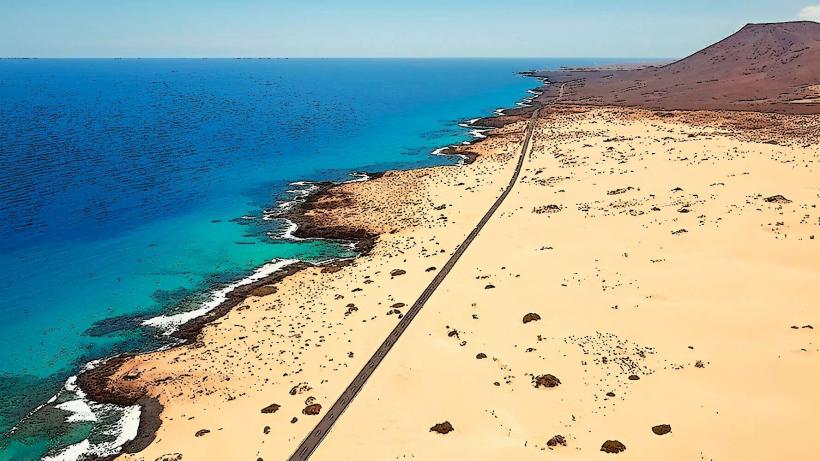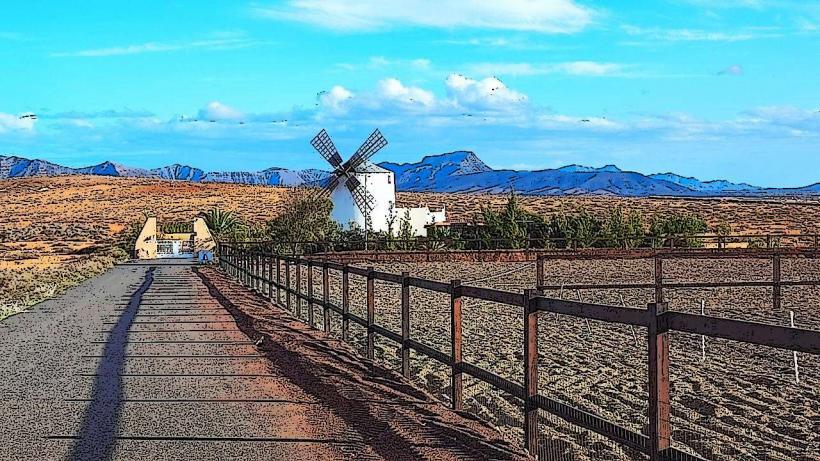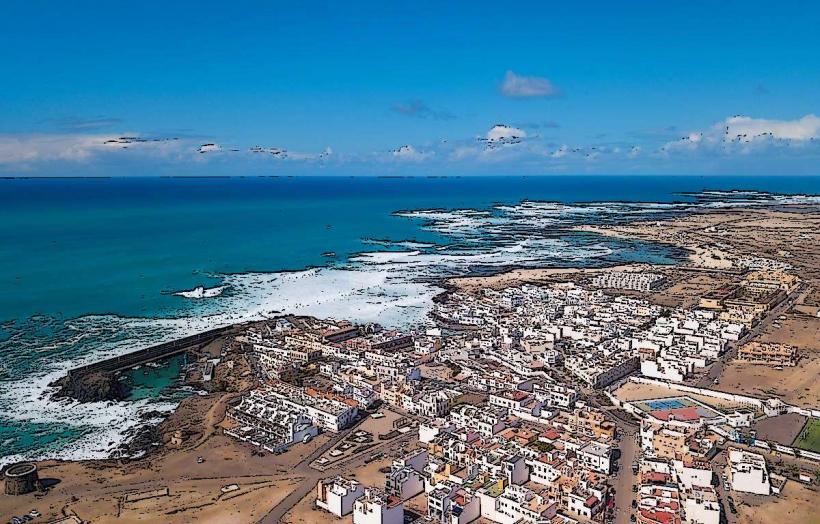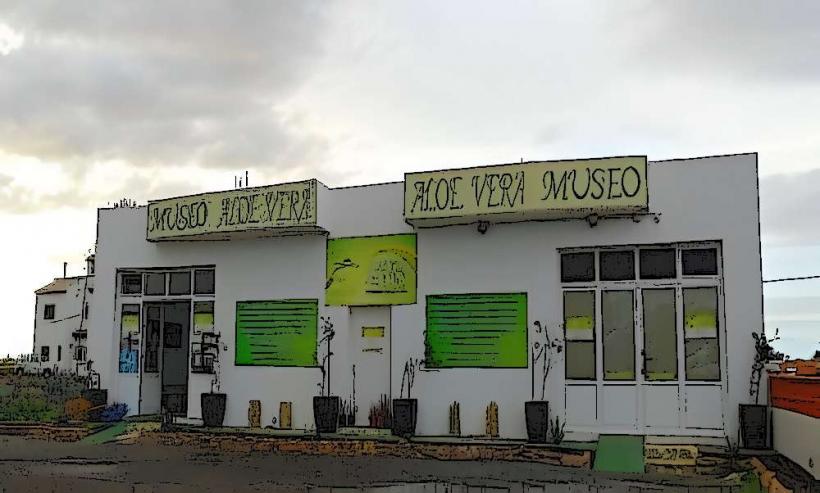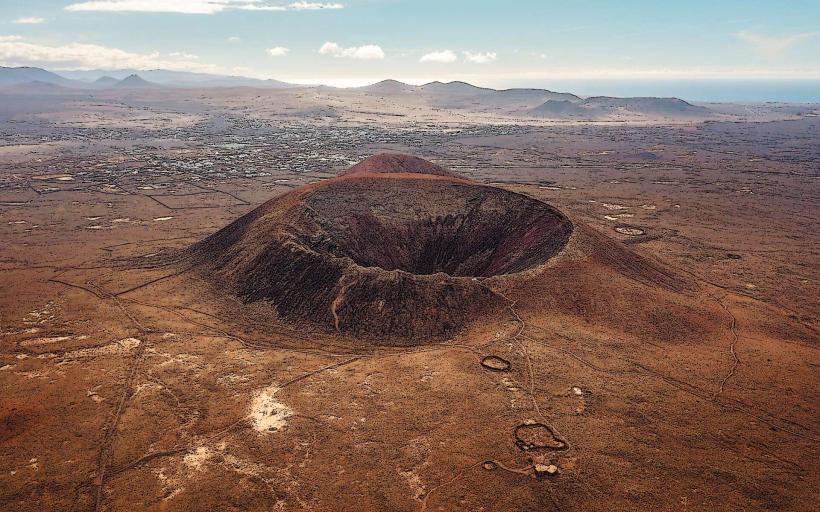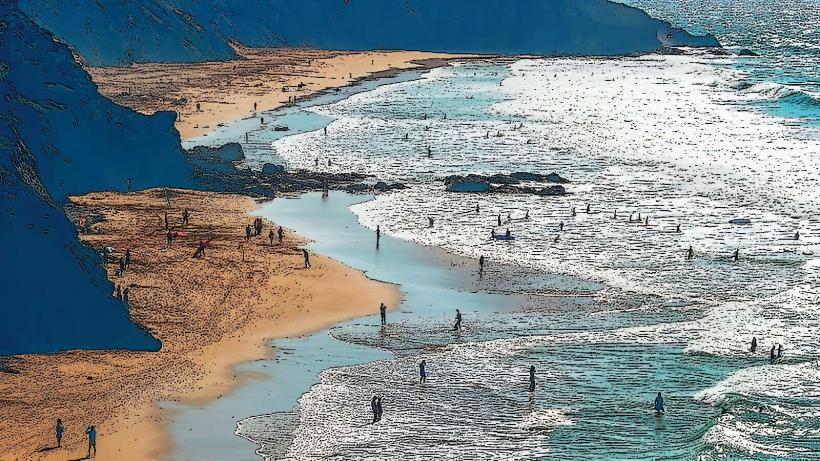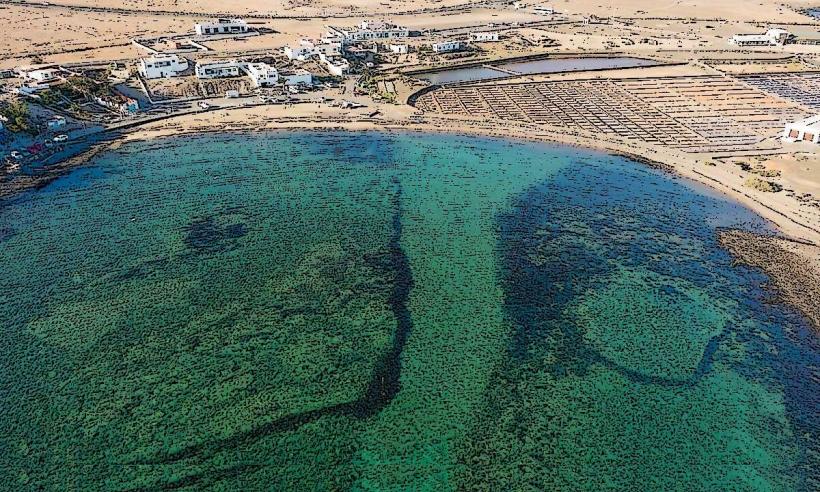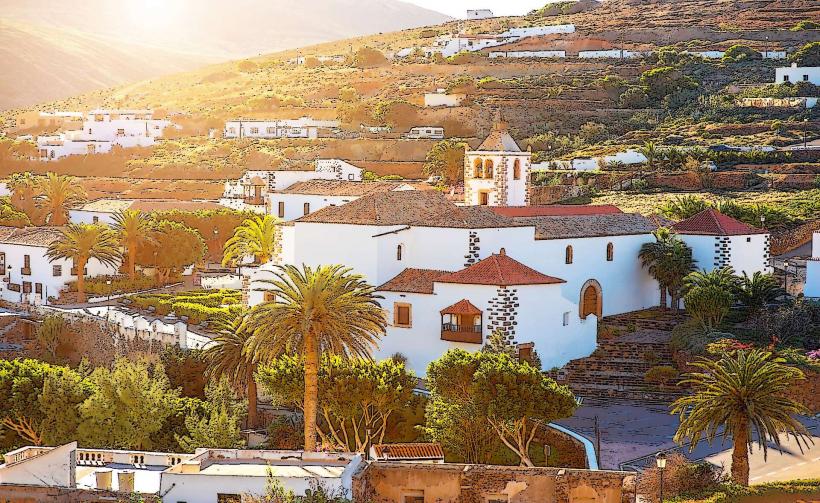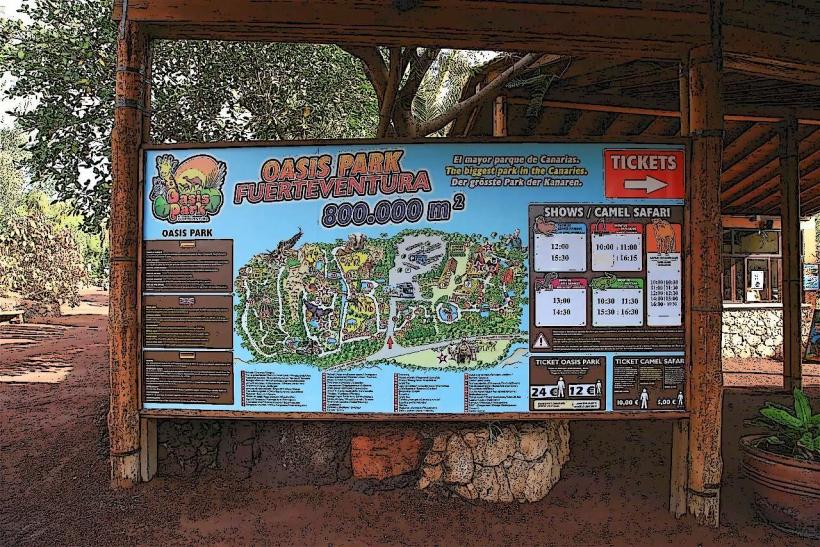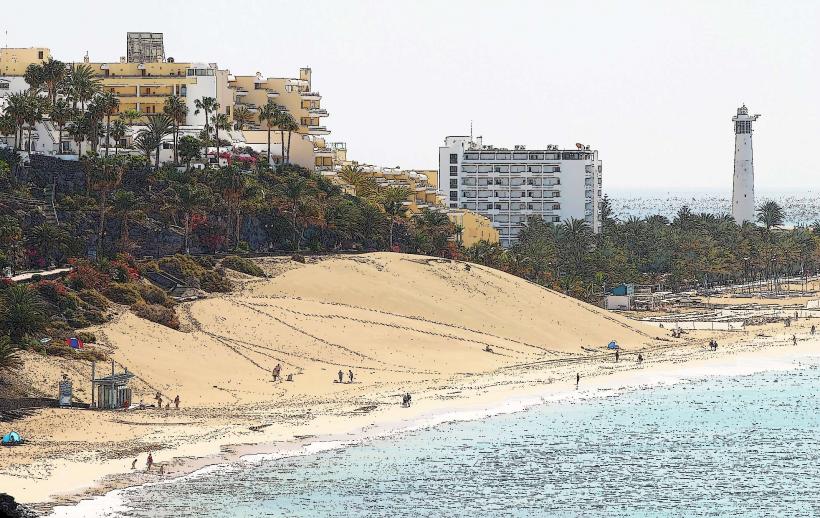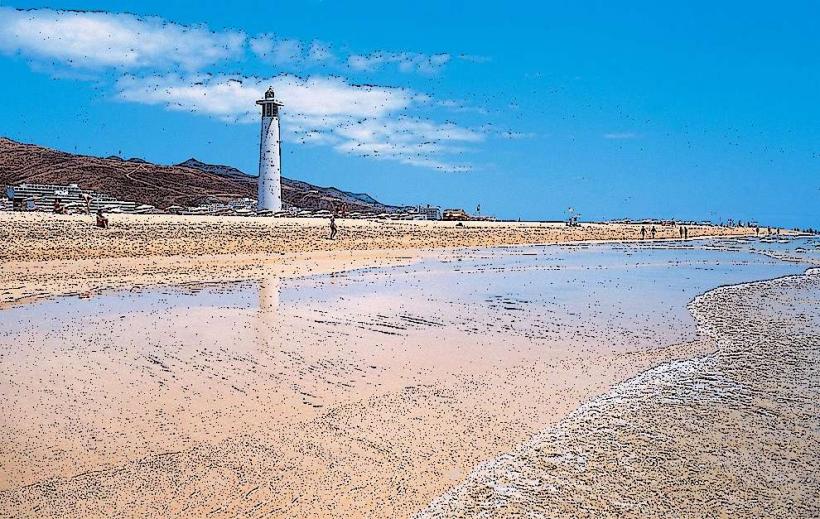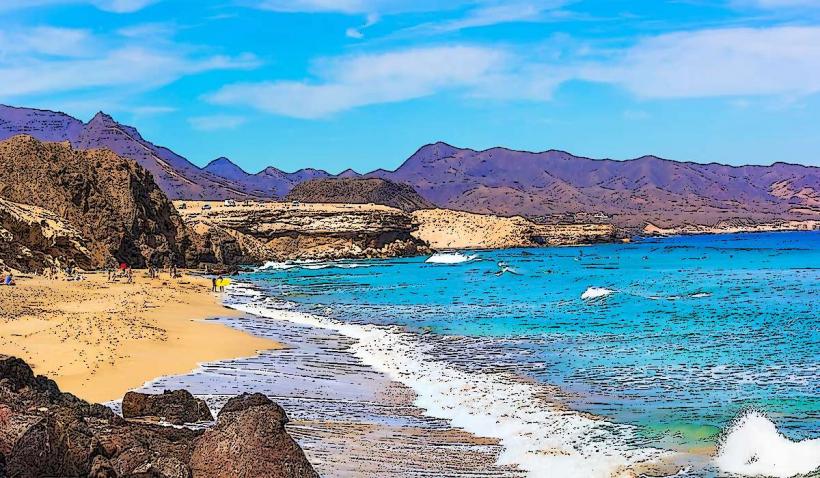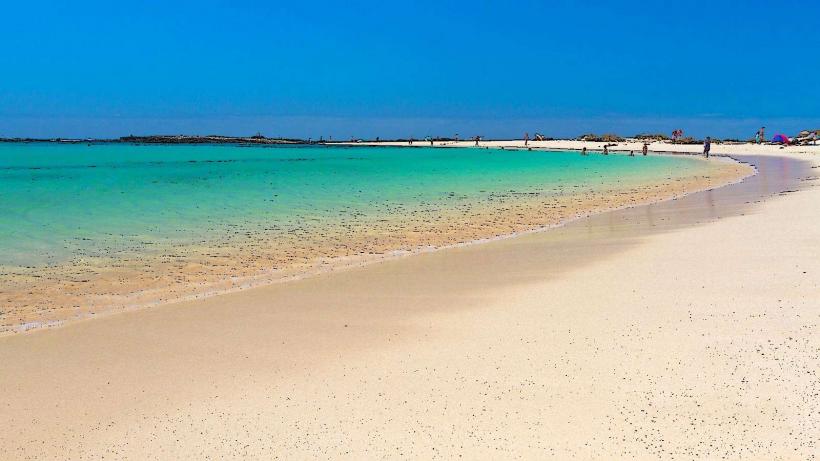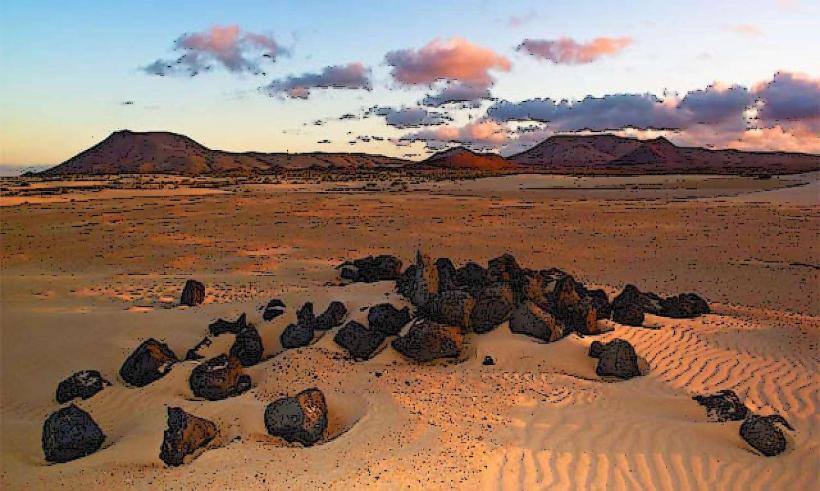Information
Landmark: PájaraCity: Fuerteventura
Country: Canary Islands
Continent: Europe
Pájara is a charming town located in the southern part of Fuerteventura, one of the Canary Islands. It is part of the municipality of the same name, which encompasses a large area, including the southern coastline of the island. Known for its rich history, picturesque landscapes, and proximity to some of Fuerteventura’s most beautiful beaches, Pájara offers a unique blend of traditional Canarian culture and stunning natural beauty.
Key Features of Pájara:
1. History and Heritage
- Pájara is one of the oldest settlements on Fuerteventura, with a history that dates back to the 16th century. The town has retained much of its traditional Canarian architecture, particularly its whitewashed buildings and wooden balconies, which are characteristic of the island’s rural villages.
- The town was historically a farming community, with agriculture and livestock being the primary sources of income. Over time, it has developed into a tourist destination, but it has managed to preserve its cultural identity and charm.
- The name "Pájara" is believed to come from the Spanish word for “nest” (pájaro), possibly referring to the natural surroundings of the area.
2. Historic Landmarks
- Church of Nuestra Señora de la Regla: One of the most significant landmarks in Pájara is the Church of Nuestra Señora de la Regla (Church of Our Lady of the Rule), a beautiful example of Canarian religious architecture. The church features a combination of traditional Spanish colonial and Canary Island styles, with a simple but elegant interior. It dates back to the 17th century and is a focal point for religious and cultural events in the town.
- La Casa de la Cultura: This cultural center, housed in a traditional Canarian building, is an important venue for exhibitions, performances, and local events. It helps promote the arts and culture of Fuerteventura.
3. Natural Surroundings
- Pájara is surrounded by beautiful natural landscapes, including volcanic hills, desert-like plains, and beachfront cliffs. The area’s unique geology and climate make it an ideal place for outdoor activities like hiking, cycling, and birdwatching.
- The Betancuria Natural Park is nearby, offering visitors the chance to explore the island’s mountainous terrain and observe its diverse flora and fauna. Pájara’s central location in the southern part of Fuerteventura makes it a perfect base for exploring the island’s natural beauty.
4. Beaches and Coastal Areas
- Pájara is close to some of Fuerteventura’s most famous beaches, including Playa de Sotavento and Playa de Costa Calma. These beaches are known for their golden sands, clear waters, and excellent conditions for water sports like windsurfing, kitesurfing, and surfing.
- Playa de Cofete, a remote and wild beach, is also located within the municipality of Pájara. It is one of the most beautiful and unspoiled beaches on the island, offering a serene environment surrounded by dramatic cliffs and mountains.
- The beaches in the Pájara area are ideal for swimming, sunbathing, and relaxing in a more peaceful, less crowded setting compared to the larger resort towns.
5. Cultural Events and Festivals
- Pájara hosts several cultural and religious events throughout the year, many of which reflect the traditional Canarian way of life. One of the most important is the Fiesta de Nuestra Señora de la Regla, celebrated in honor of the town’s patron saint. This festival includes processions, music, and dances, drawing both locals and visitors to participate in the celebrations.
- The Carnival of Pájara is another popular event, featuring parades, costumes, and live music, creating a lively atmosphere in the town.
6. Local Cuisine and Dining
- The town is home to a number of traditional Canarian restaurants and tapas bars, where visitors can try local dishes made from fresh, island-grown ingredients. Specialties include gofio (a type of flour made from roasted grains), papas arrugadas (wrinkled potatoes served with mojo sauce), and sancocho (a fish and potato stew).
- Cheese from the island is also a must-try, particularly the majorero cheese, which is made from the milk of local goats.
7. Access and Transportation
- Pájara is well-connected to the rest of Fuerteventura by road, with the FV-2 highway running through the town. It’s easy to drive from Pájara to popular destinations like Morro Jable, Costa Calma, and the airport, which is about 60 kilometers away.
- Public transportation options are available, but renting a car is often the most convenient way to explore the area and visit nearby beaches and natural attractions.
8. Things to Do in Pájara
- Explore the historic town center: Wander through the narrow streets of Pájara’s town center, where you can admire traditional Canarian architecture and visit local shops and cafes.
- Visit the nearby beaches: Spend time relaxing on the beautiful beaches surrounding Pájara or try your hand at water sports in the warm, clear waters.
- Hiking and Nature Walks: Take advantage of the stunning natural landscapes around Pájara by exploring hiking trails in the nearby mountains and nature reserves.
- Cultural attractions: Discover more about the island’s history and culture at local museums and cultural centers, such as La Casa de la Cultura.
9. Accommodation
- While Pájara itself is a small town, the surrounding area offers a range of accommodation options for visitors. There are hotels, apartments, and rural retreats in nearby towns like Costa Calma, Morro Jable, and Sotavento.
- Many of the accommodations in the area cater to travelers looking for beachfront stays, and there are also options for those interested in a more traditional rural experience.
10. Best Time to Visit
- The best time to visit Pájara is during the spring (March to May) or autumn (September to November), when the weather is warm and comfortable, but not too hot. These seasons are ideal for outdoor activities, sightseeing, and enjoying the beaches without the summer crowds.
- The summer months can be hot, but the coastal breeze helps keep the temperatures more manageable, especially near the beaches. Winter is mild, making it a good time to visit if you prefer quieter and cooler conditions.
Conclusion
Pájara is a charming and historically rich town that offers a peaceful and authentic experience on Fuerteventura. Its combination of traditional Canarian culture, stunning natural landscapes, and proximity to beautiful beaches makes it an ideal destination for those looking to explore the southern part of the island. Whether you’re interested in history, nature, water sports, or simply relaxing in a tranquil setting, Pájara provides a perfect base for discovering the beauty of Fuerteventura.

